Table of Contents
- Introduction
- Early Attempts of Organ Transplantation
- Beginning Of The Heart Transplant Journey
- Challenges Faced in Early Heart Transplants
- Evolution in Heart Transplant Techniques
- Conclusion
The heart transplant history spans decades of breakthroughs in medical science, with the first successful human heart transplant occurring in 1967. Today, heart transplants have become a life-saving procedure for people suffering from end-stage heart failure.
Currently, over 5,000 heart transplants are performed globally each year. Despite advances, challenges like organ shortages persist. In this article, we will discuss the history of heart transplants, the risks involved, and the advancements in techniques over the years.
Master ACLS Now
Get ACLS certified with confidence
Early Experiments and Milestones
The thought that a heart transplant is even possible came from organ and tissue transplant trials in history. The idea of transferring organs from cadavers or animals to humans sparked centuries of research.
In the early 20th century, animal organs became essential for practice. Surgeons used animal veins and arteries to refine techniques like vascular suturing. It was during this period that doctors started performing animal heart transplants to practice their skills. Most experiments did not go well, but surgeons gained experience from organ rejection, the immune response, and the complexity of a heart transplant. The sequence of events took place as follows:
-
1905:
One of the earliest milestones in heart transplantation occurred in 1905 when Alexis Carrel and Charles Guthrie performed a heterotopic heart transplant on a dog, attaching the donor’s heart to the recipient’s neck. Although this experiment didn’t have a functional purpose, it demonstrated that heart transplantation was possible.
-
1951:
In 1951, Soviet surgeon Vladimir Demikhov made a significant breakthrough in heart transplantation by successfully transplanting a dog’s heart. The heart functioned as the main pump for the circulatory system, although it remained viable for only 11 hours. This experiment was a major step forward in understanding how heart transplants could work.
-
1959:
Dr. Goldberg performed another orthotopic heart transplant in 1959, involving the removal of the recipient’s heart and replacement with a donor’s heart. Although it was a dog experiment, it established the feasibility of heart replacement.
-
1964:
In 1964, the first attempt at a human heart transplant was made. Dr. James Hardy transplanted a chimpanzee’s heart into a human patient. Unfortunately, the procedure was unsuccessful, but it marked a crucial step in human heart transplant history.
-
The First Successful Human Heart Transplant (1967)
Finally, the year 1967 saw a huge success when Dr. Christiaan Barnard performed the human heart transplant, and this became the turning point in the history of heart transplants. Louis Washkansky, the recipient, was suffering from end-stage ischemic cardiomyopathy. The heart came from Denise Darvall, who had tragically died in a car accident.
Though Washkansky lived only 18 days after the surgery, Barnard’s success brought heart transplantation into the global spotlight and motivated a new wave of research and experimentation in the field.
Challenges Faced in Early Heart Transplants
The initial excitement surrounding heart transplants began to fade by the late 1960s as medical professionals struggled with the high failure rates. By 1970, the number of heart transplants drastically dropped from 102 in 1967 to a mere 18. However, important advancements in post-surgical monitoring occurred. These included the development of catheter-type endomyocardial biopsies and a better understanding of EKG changes in patients experiencing rejection. Some other challenges faced in early heart transplants were as follows:
-
Acute and Chronic Rejections
One of the main heart transplant facts is lower success due to acute rejection and infection. They were the leading causes of death among transplant recipients, particularly in the early years. Chronic rejection, which often led to fatal outcomes such as cardiac arrest, contributed to doctors’ increasing hesitancy to perform heart transplants.
-
Declining Sucess Rates
The success rates during these years were disheartening. For instance, in 1968, out of 104 heart transplants, only 10 patients survived. The situation did not improve much in the following years, as 170 transplants were performed globally between 1968 and 1970, with just 24 survivors.
The early days of heart transplantation saw a grim reality: one-month mortality rates exceeded 50%, and the procedure was largely abandoned by many medical centers by 1970.
-
Lack of Immunosuppressive Drugs and Diagnosis
In addition, the lack of effective immunosuppressive therapies and the inability to diagnose and prevent chronic rejection led to a high level of doubt about the long-term viability of heart transplantation.
Note: Ever since the evolution of heart transplant history, new techniques and tools have been introduced to save from fatal heart-related problems such as cardiac arrest. ACLS (Advanced Cardiovascular Life Support) certification course is one such program that can help save lives in medical emergencies.
Evolution of Heart Transplant Techniques
A major obstacle in early heart transplants was the body’s rejection of the new heart. Rejection occurs when the immune system attacks the foreign organ, viewing it as a threat. However, with several innovations, the introduction of new drugs, advanced diagnostic techniques and proper monitoring, successful heart transplantation made its comeback in the early 1980s.
- Originally used in kidney transplants in 1978, cyclosporine was adapted for heart transplants and dramatically improved patient outcomes by reducing the risk of chronic rejection.
- By the early 1980s, transplant centers worldwide were re-establishing their programs, thanks to this development, which had been dormant in many parts of the world.
- Cyclosporine’s effectiveness allowed heart transplant survival rates to increase significantly. One-year survival rates climbed from under 50% in the late 1960s to nearly 80% in the 1980s.
Read More: Morphine Sulfate in ACLS
Modern-Day Heart Transplant Procedures
Heart transplant surgeries today are far more refined than they were decades ago. The process starts with evaluating potential recipients based on the severity of their heart condition. Those with end-stage heart failure are placed on a waiting list. The wait for a suitable donor can range from weeks to months, depending on factors like blood type, body size, and organ availability.
Once a matching donor heart is found, the recipient is prepared for surgery. The surgeon removes the damaged heart and connects the donor heart to the major blood vessels. The entire procedure can take up to six hours, and the patient remains in intensive care for several days after surgery.
Post-Surgery Care and Monitoring
Following the transplant, recipients must follow strict post-operative care routines, including regular monitoring of their heart function, blood pressure, and overall health.
Immunosuppressive medications are given to prevent organ rejection, and patients are frequently checked for signs of infection or rejection. Most transplant patients can gradually return to daily activities within three to six months, although lifelong care and medication are required to maintain the health of the transplanted heart.
Innovations Beyond Immunosuppressive Drugs
The evolution of heart transplants wasn’t just about drug development. Surgeons also refined their methods for preserving donor hearts and managing patients after surgery. These advancements reduced the risks of both acute and chronic rejection.
-
Endomyocardial Biopsies and Monitoring
The introduction of endomyocardial biopsies allowed doctors to monitor for signs of rejection closely. This technique provided vital information on the health of the transplanted heart, which enabled early intervention if rejection occurred.
-
Mechanical Circulatory Support Devices
In recent years, mechanical circulatory support devices, such as ventricular assist devices (VADs), have also been used in modern heart transplant programs. These devices help bridge the gap for patients awaiting a donor’s heart or even serve as long-term solutions in certain cases.
-
Improved Donor Heart Preservation
Continued advancements in maintaining donor hearts while being transported added to the success rates of the transplantation procedure. This way, the heart remains viable for a longer duration and can be given a longer chance at survival surgery for more patients.
-
Stem Cells and Regenerative Medicine
Another promising area of research in heart transplantation involves stem cells and regenerative medicine. Scientists are exploring the possibility of regenerating damaged heart tissue using stem cells, which could reduce the need for full heart transplants in the future. Although these approaches are still being developed, they offer hope for patients with heart conditions that currently require transplants.
Note: Heart transplantation was not possible until scientists learned how the heart works. Read more about the heartbeat mechanism and components of the cardiac conduction system.
Final Thoughts
The heart transplant history is quite intriguing and shows the perseverance of surgeons who did not lose hope in their experiments even with low success rates in teh beginning. From the early animal experiments to the first human transplant and modern advancements, the field has made incredible strides in saving lives.
Despite the challenges of organ shortages and long-term care, heart transplants remain a life-saving option for thousands of people worldwide. Looking ahead, emerging technologies like artificial hearts, xenotransplantation, and regenerative medicine hold the promise of revolutionizing heart care even further. As medical science progresses, the future of heart transplants is likely to become even more advanced, offering new hope to those in need.
Read More: Bradycardia: Symptoms, Causes & Treatment







